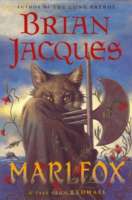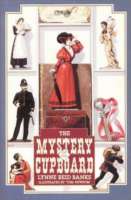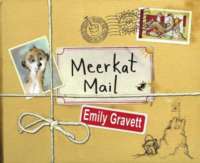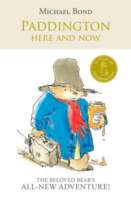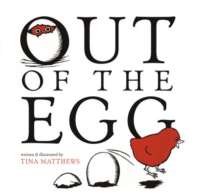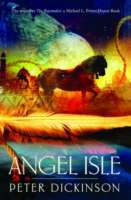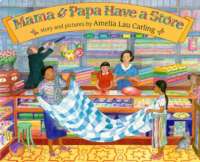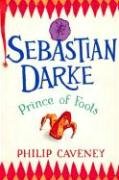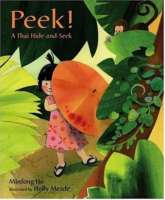
A father and daughter play hide-and-seek in the midst of the animals near their house in Thailand.
Papa calls on all the creatures of the jungle to help find his baby in this game of hide-and-seek.”Jut-Ay, Baby, peek-a-boo,Want to play? Where are you?” Baby knows that Jut-Ay means morning has come, and it’s time to play. But where is Baby hiding? Eechy-eechy-egg! crows the red-tailed rooster. Is Baby near? Hru-hruu! Hru-hruu! whines the puppy dog. Is Baby crouching there? Jiak-jiak! Jiak-jiak! screeches a monkey in the banyan tree. Is Baby swinging there? Hornbill and snake, elephant and tiger — who can finally lead Papa to Baby’s hiding place?

